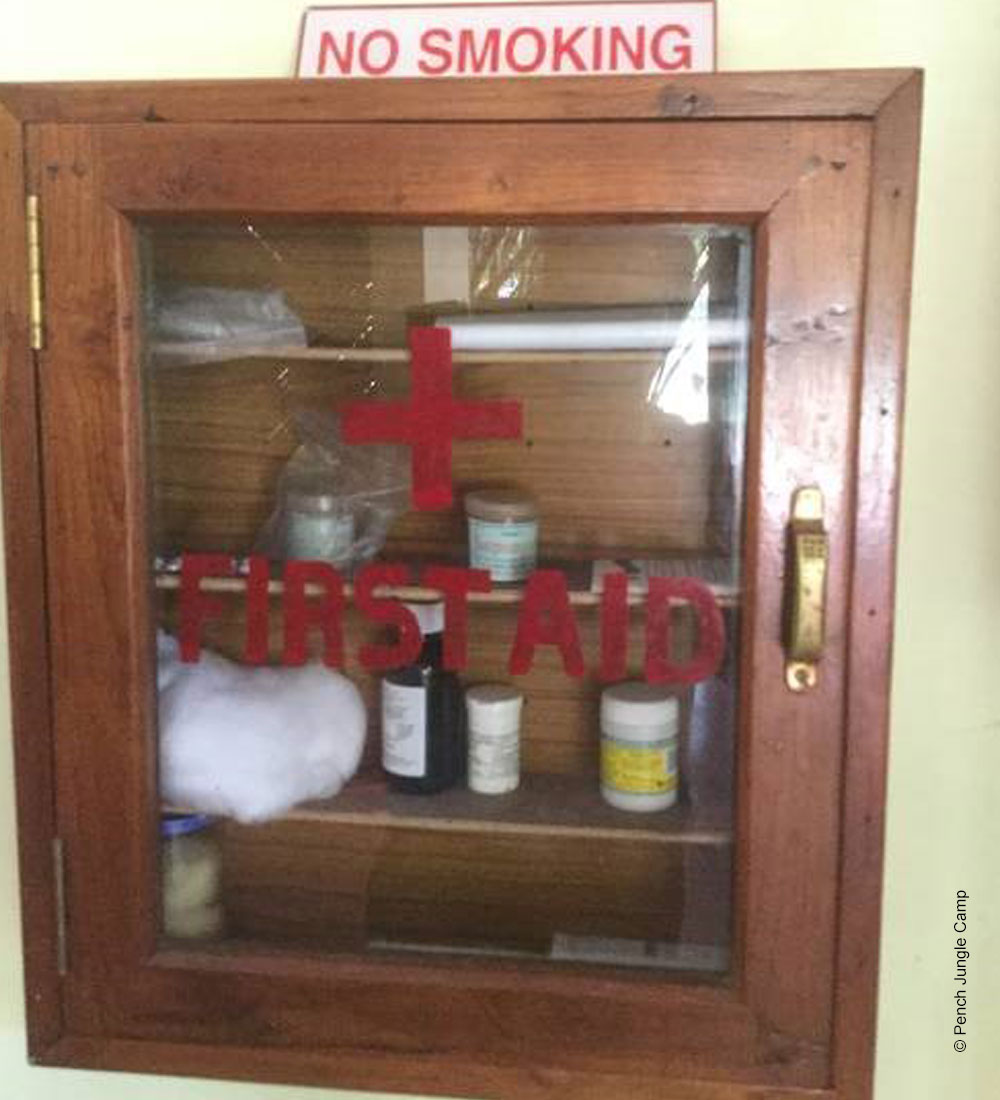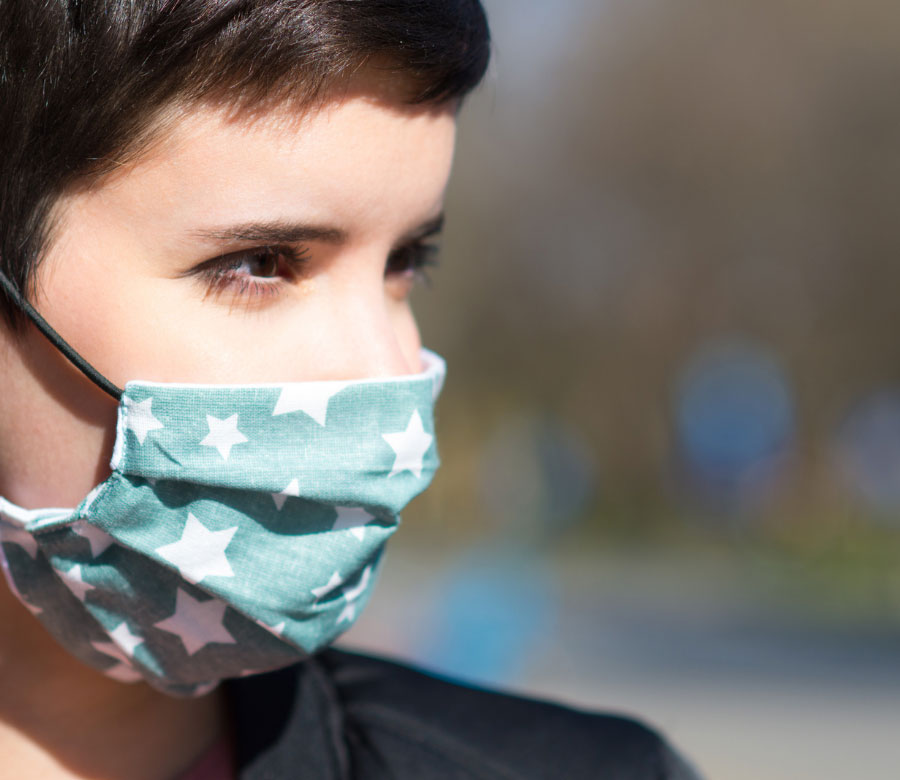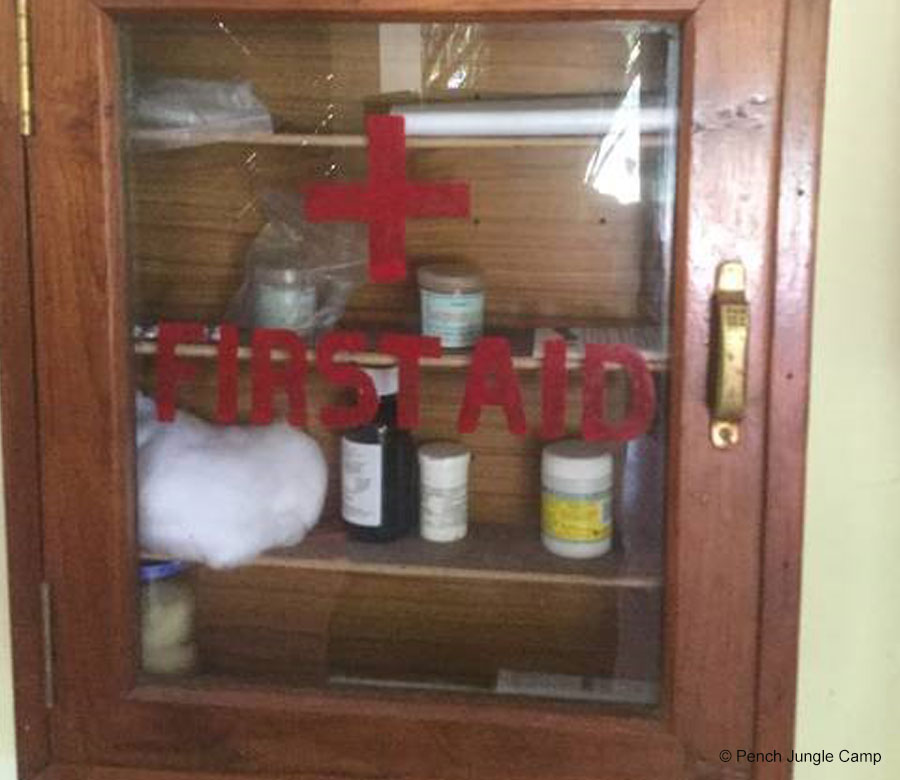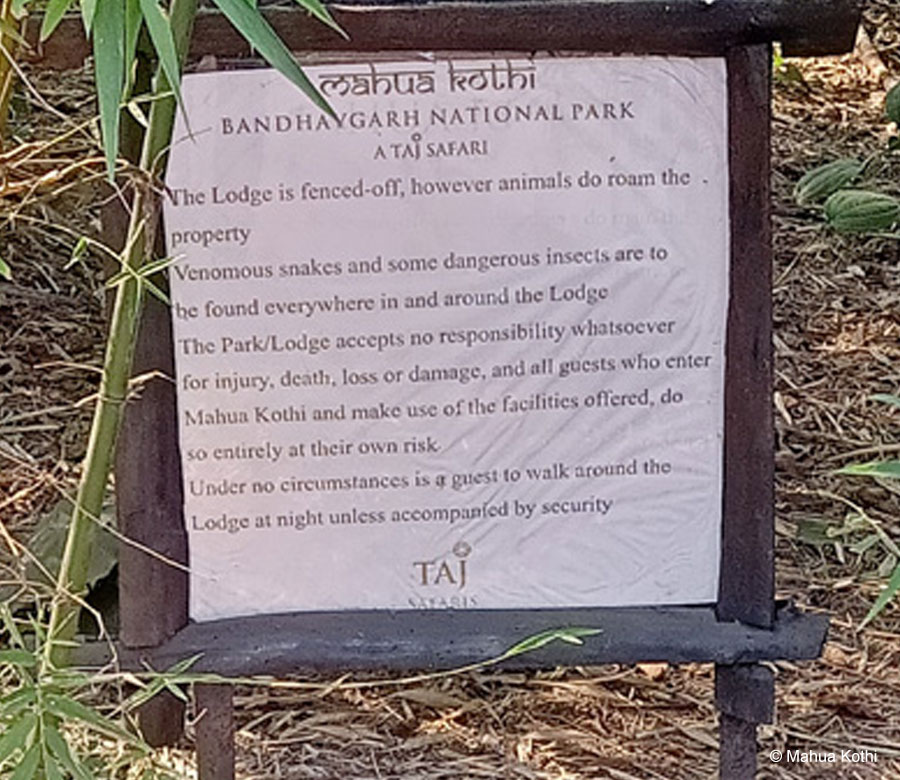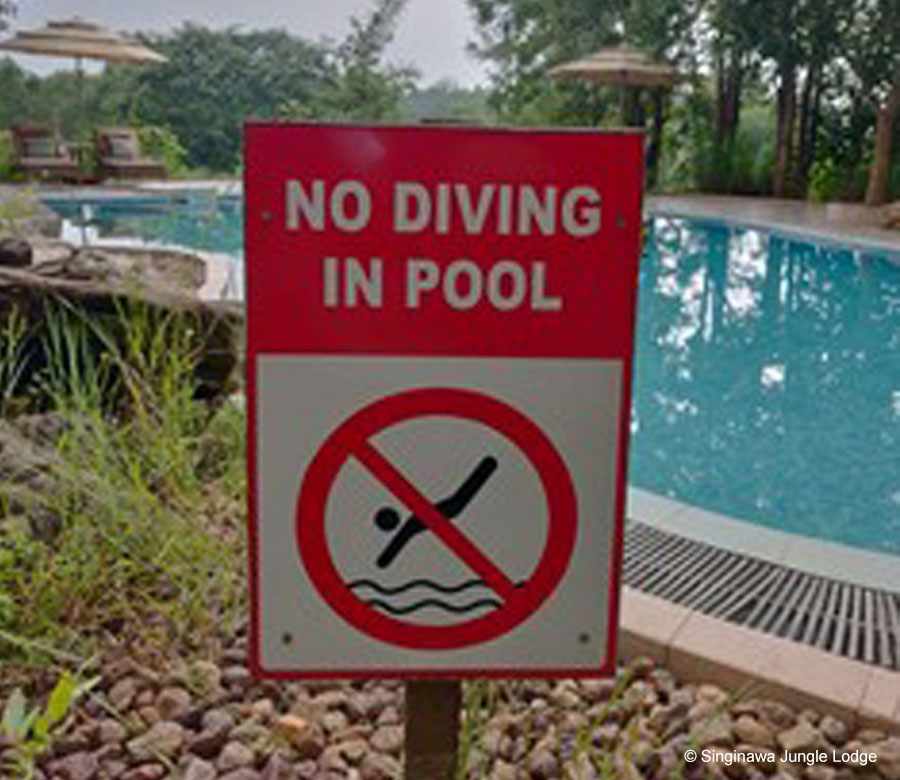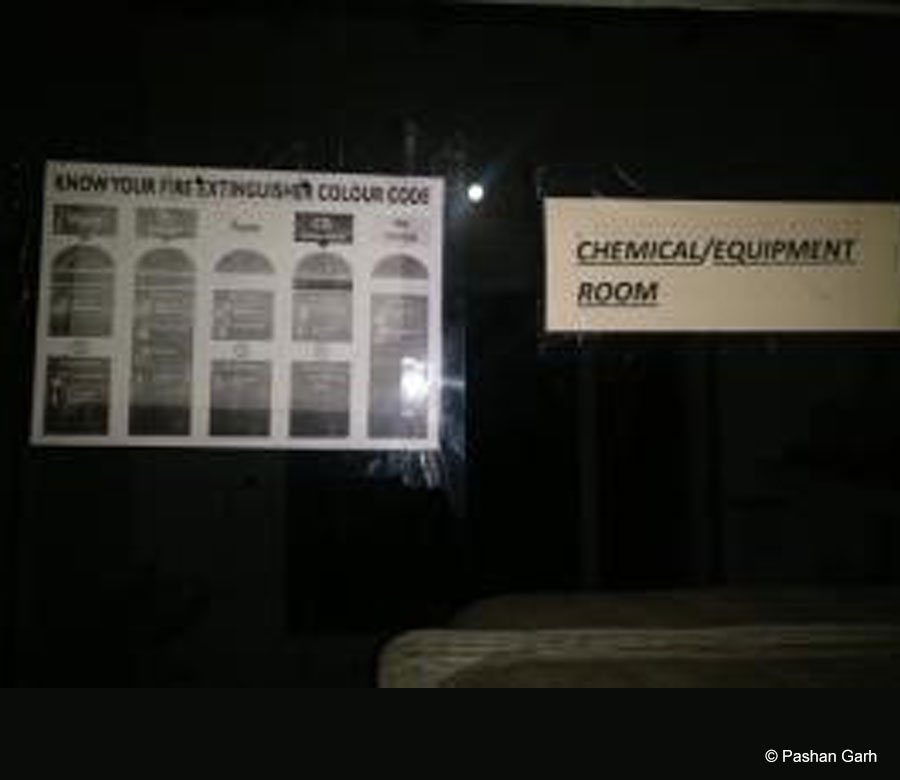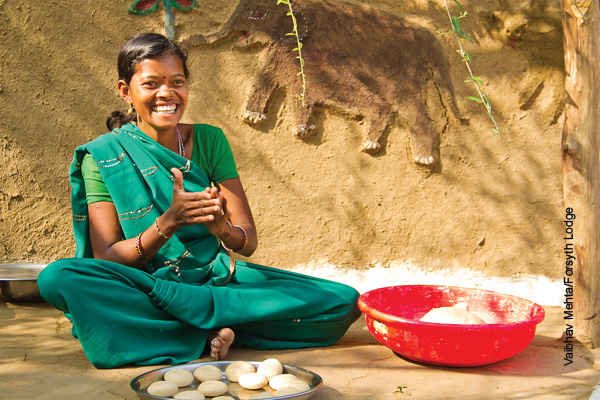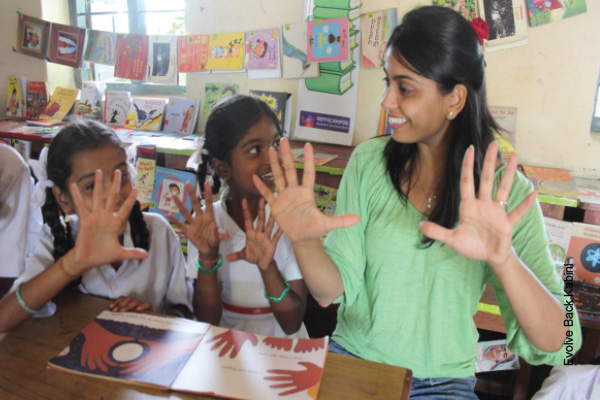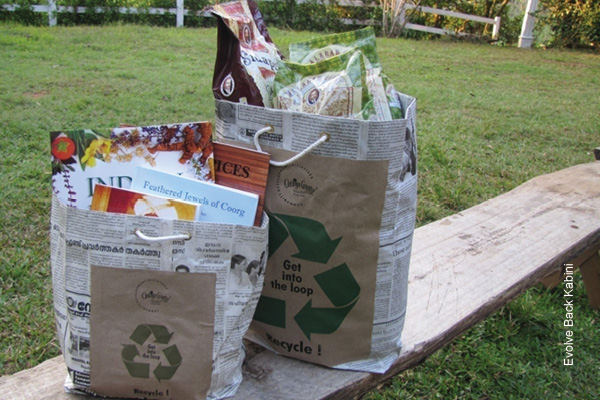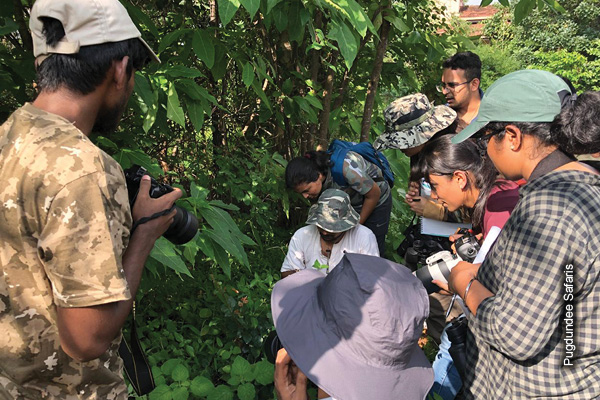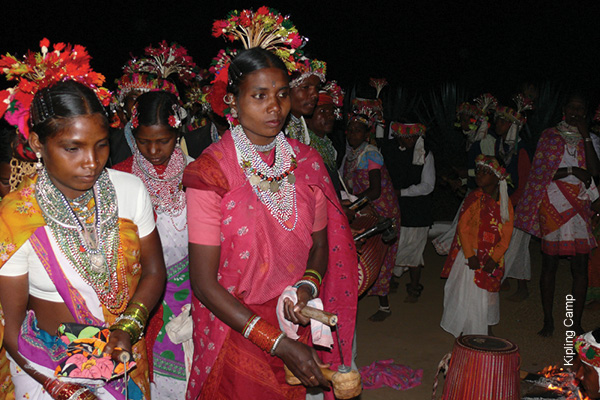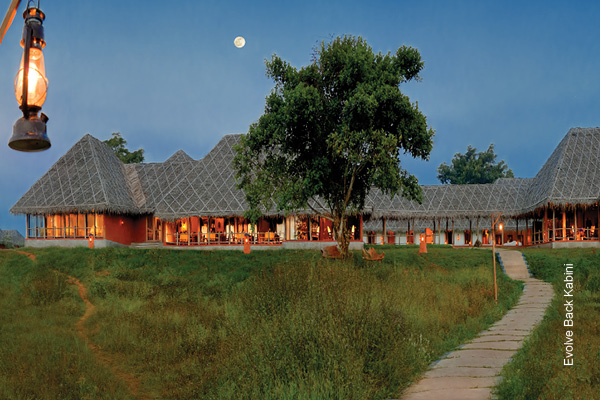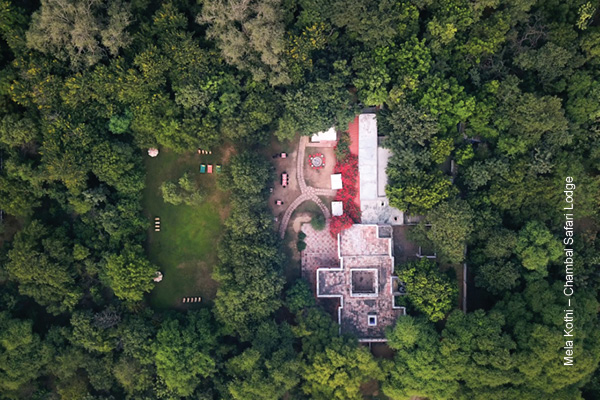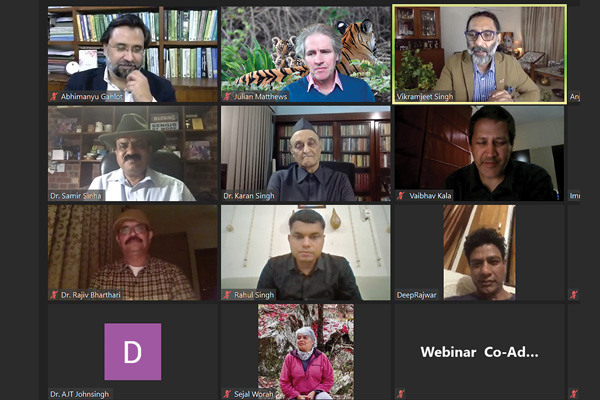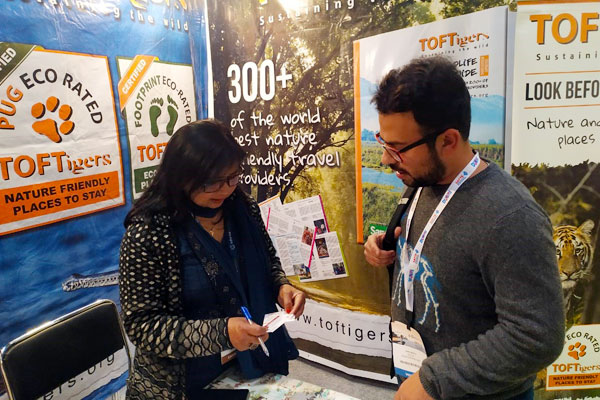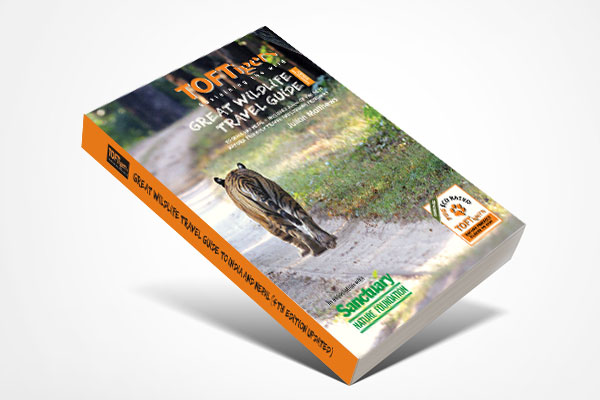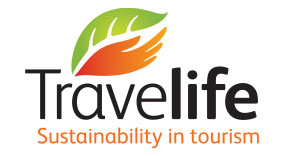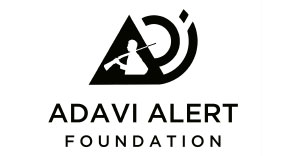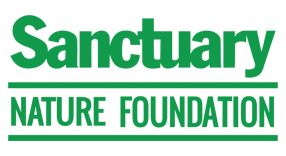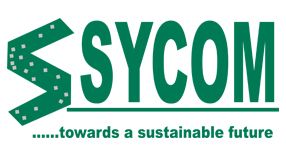Health, Safety and Pollution
Part of TOFTigers Best Practice Series
WHY IT'S IMPORTANT
Covid-19 has demonstrated with devasting economic impact, the negative aspects of living in an interconnected world. Yet it brought with it unexpected, albeit temporary benefits for pollution levels. Skies cleared. Starry nights became visible. Birdsong grew louder and wildlife appeared in previously crowded spaces. Positive interest in nature has been fanned in the media during lockdown. Whilst this might bode well for nature travel post lockdown, reassurance about health and safety will be more critical than ever to those making travel decisions.
Economic recovery needs to be accompanied by less polluting, sustainable pathways forward. The World Health Organisation (WHO) estimates that around 7 million people die every year from exposure to fine particles in polluted air causing respiratory and chronic disease and presenting a more insidious, ongoing threat to human health. India was ranked the world’s 5th most polluted country in 2019 although on the positive side, air pollution fell by 20% on the previous year and its National Clean Air Program launched in 2019 has set ambitious plans and strategies for reducing air pollution. Nepal is ranked 8th most polluted country. Water pollution is likewise a major source of environmental and health concern in India and Nepal through indiscriminate dumping of industrial and domestic waste and untreated sewage.
The healing powers of nature are well documented and are a positive selling point for nature tourism. Trees and forests clean air. Aquatic and semi aquatic plants can be harnessed to clean water. Being in nature and around trees reduces stress and promotes wellbeing. Patients who can view nature from their hospital windows recover more quickly.
Human health and the health of nature go hand in hand. Well run wilderness destinations can offer a uniquely restorative experience away from the stress of urban living encouraging repeat visits. Responsible nature tourism sets out to provide a safe visit for its guests, minimise its impact, avoid pollution and helps to protect and restore the pristine environments its guests come to enjoy.
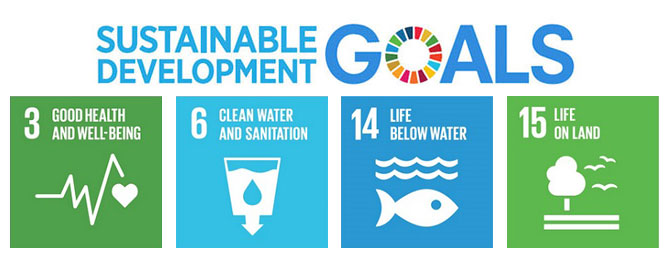
EXAMPLES OF GOOD PRACTICE
See separate Covid-19 guidelines published by TOFTigers in association with the Adventure Tour Operators Association of India (ATOAI) for the safe handling of guests by accommodation providers, outdoor activity operators and tour operators.
Clear signage at Mahua Kothi -Taj Safaris (pictured here) and its other lodges alerts guests about the risk of animals, snakes and insects, an issue also covered in guest briefings along with other safety issues. Guests are not permitted to walk around the lodge at night unless accompanied by security.
RESOURCES
Correct at time of press. Information included may not be appropriate to every situation, destination and country and is intended for general guidance only and may be subject to change.
Photos © lodges featured, Sycom Project Consultants, or other photographers listed. © The TOFTigers Initiative 2024. All rights reserved

